Baseball History Comes Alive Now Ranked #2 by Feedspot Among All Internet Baseball History Websites and Blogs!
Guest Submissions from Our Readers Always Welcome!
Scroll Down to Read Today’s Essay
Subscribe to Baseball History Comes Alive for automatic updates.
As a Free Bonus, you’ll get access to my Special Report: Gary’s Handy Dandy World Series Reference Guide!
Designated Hitter Photo Gallery
The Designated Hitter Is Born, January 11, 1973!
“The pitcher who can’t get in there in the pinch and win his own game with a healthy wallop, isn’t more than half earning his salary in my way of thinking.” -Babe Ruth
…So said the great Bambino himself. And who am I to argue with the Babe? Well Babe, I guess it’s fair to say that most pitchers aren’t as good at hitting as you were!
Fifty-three years ago this week, the long-debated idea of allowing a position player to bat in place of the pitcher was finally voted into existence following an 8-4 favorable vote by the twelve American League owners. The so-called “Designated Hitter” was slated to be introduced in the upcoming 1973 baseball season on a three-year trial basis. The new rule applied to the American League only. At the time many felt that if the fans liked it, the National League would soon follow suit. As we all know that didn’t happen until 2022, forty-nine years later.
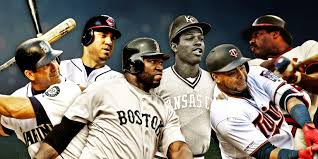
So on Opening Day of the 1973 season, April 6, 1973, the Yankees’ Ron Blomberg strode to the plate in a game against the Red Sox at Fenway Park. Facing Red Sox right-hand Luis Tiant, Blomberg walked on five pitches with the bases loaded in the first inning. With this at-bat, Blomberg officially became the first designated hitter in the history of the major leagues.
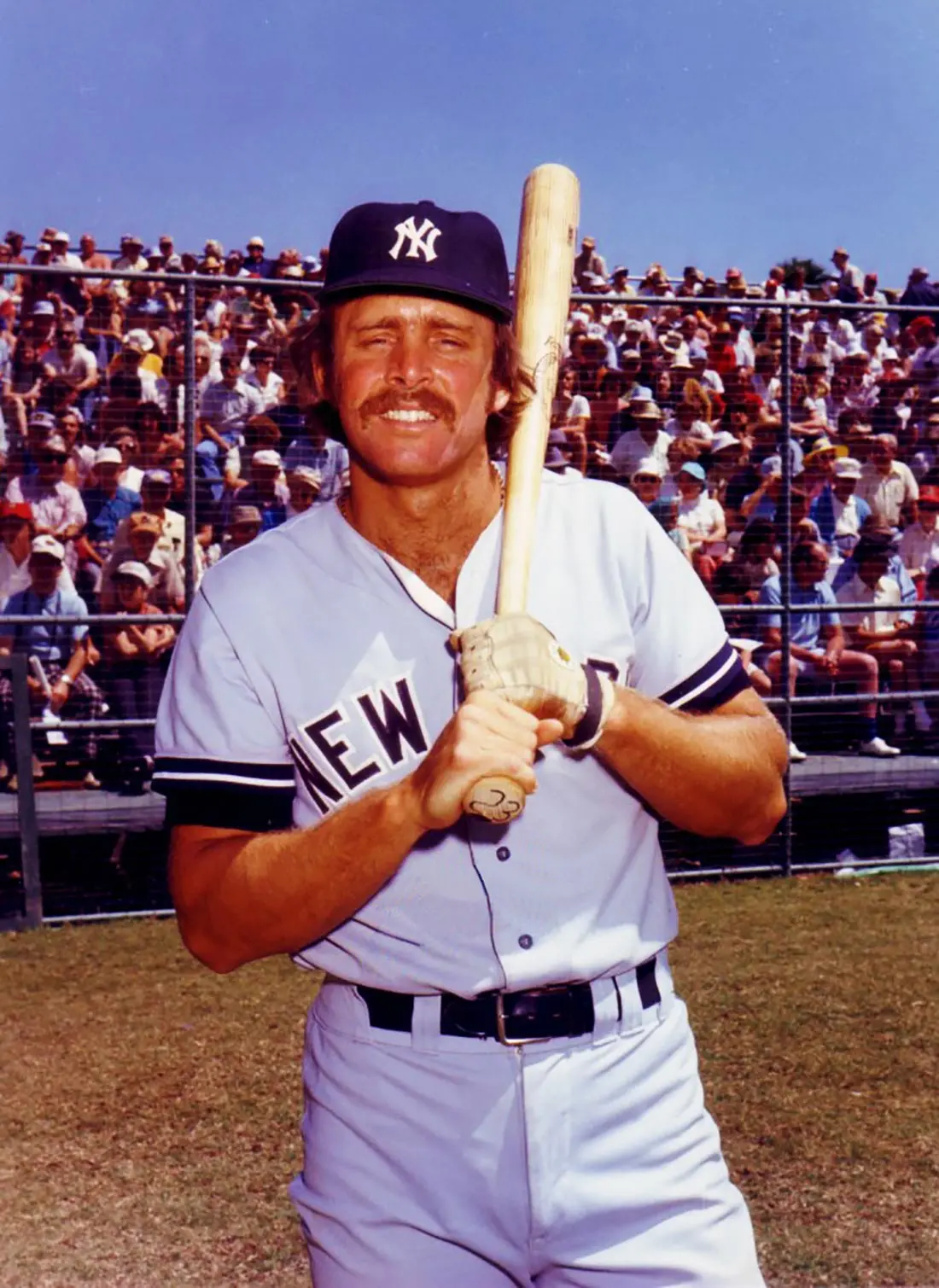
In the featured photo above, we see Ron Blomberg, the first DH. In the photo gallery are others who played a significant part of their careers as DH.
As somewhat of a baseball purist, and a National League fan, I had never warmed up to the DH. I was disappointed when I learned that the National League would throw in the towel and adopt the DH for the 2022 season. But I realize now that the battle is long over, and my opinion was in the minority. I’ve learned to live with it. I can even see the benefit of adding offense to the game, even if it does, in my view, take away from many of the game’s longtime strategies.
Those who favor the DH feel that, in addition to the added offense, it keeps some outstanding hitters in the majors longer after their fielding skills have diminished. Good arguments can be made on both sides of the debate. But, as I said, the battle is over and the “more offense” side won. So what’s the old saying? “Don’t cry over spilled milk”…or something like that! That seems to apply here.
In doing a little research about the Designated Hitter debate, I found that it can be traced all the way back to the 1890s, at the time of the merger of the National League and the American Association. It was again raised by Connie Mack in 1906, but at the time received little support. The idea resurfaced again in 1920 when National League president John Heydler made several attempts to introduce a 10th-man designated hitter to add more offense to the game. Serious momentum for the designated hitter was absent until the pitching dominance of the late 1960s, the so-called “Era of the Pitcher:
- In 1968, Bob Gibson led the major leagues with a live-ball era record 1.12 ERA.
- For the first time since 1908, the American and National Leagues had a collective batting average below .240.
- Carl Yastrzemski led the American League in hitting with only a .301 mark.
Drastic measures had to be taken…so after the season the height of the pitcher’s mound was reduced from 15 to 10 inches, and the upper limit of the strike zone was lowered from the top of a batter’s shoulders to his armpits. In addition, the idea of the DH was reintroduced as a way to add needed offense to the game.
Over the ensuing years, with the two leagues having different rules, problems arose during World Series, All-Star games, and interleague play. All that ended with the National League finally adopting the rule. Of course, back in 1973, no one could foresee the arrival of a pitcher with the talent of Shohei Ohtani. In 2021, this led to some previously unconsidered situations:
On April 4, 2021, an American League team voluntarily declined to use a designated hitter in their starting lineup for the first time since 1976, when the Los Angeles Angels placed starting pitcher Shohei Ohtani second in the batting order. This was also the first time since 1903 that a pitcher had been listed as the second hitter in the starting lineup. On June 23, 2021, Ohtani made history again when, for the first time, an AL team did not use the designated hitter and an NL team did. (1)
Well, before I end this little history of the DH, I’ll just throw in one more cliché that applies to baseball purists like me: “That’s water over the dam.” The National League adopted the DH and the game survived…Let’s all be happy about that!
We’d love to hear what you think about this or any other related baseball history topic…please leave comments below.
Gary Livacari
Photo Credits: All from Google Search.
Background information and quote (1) edited from the Designated Hitter Wikipedia page
Subscribe to Baseball History Comes Alive to receive email updates. FREE BONUS for subscribing: Gary’s Handy Dandy World Series Reference Guide. : https://wp.me/P7a04E-2he
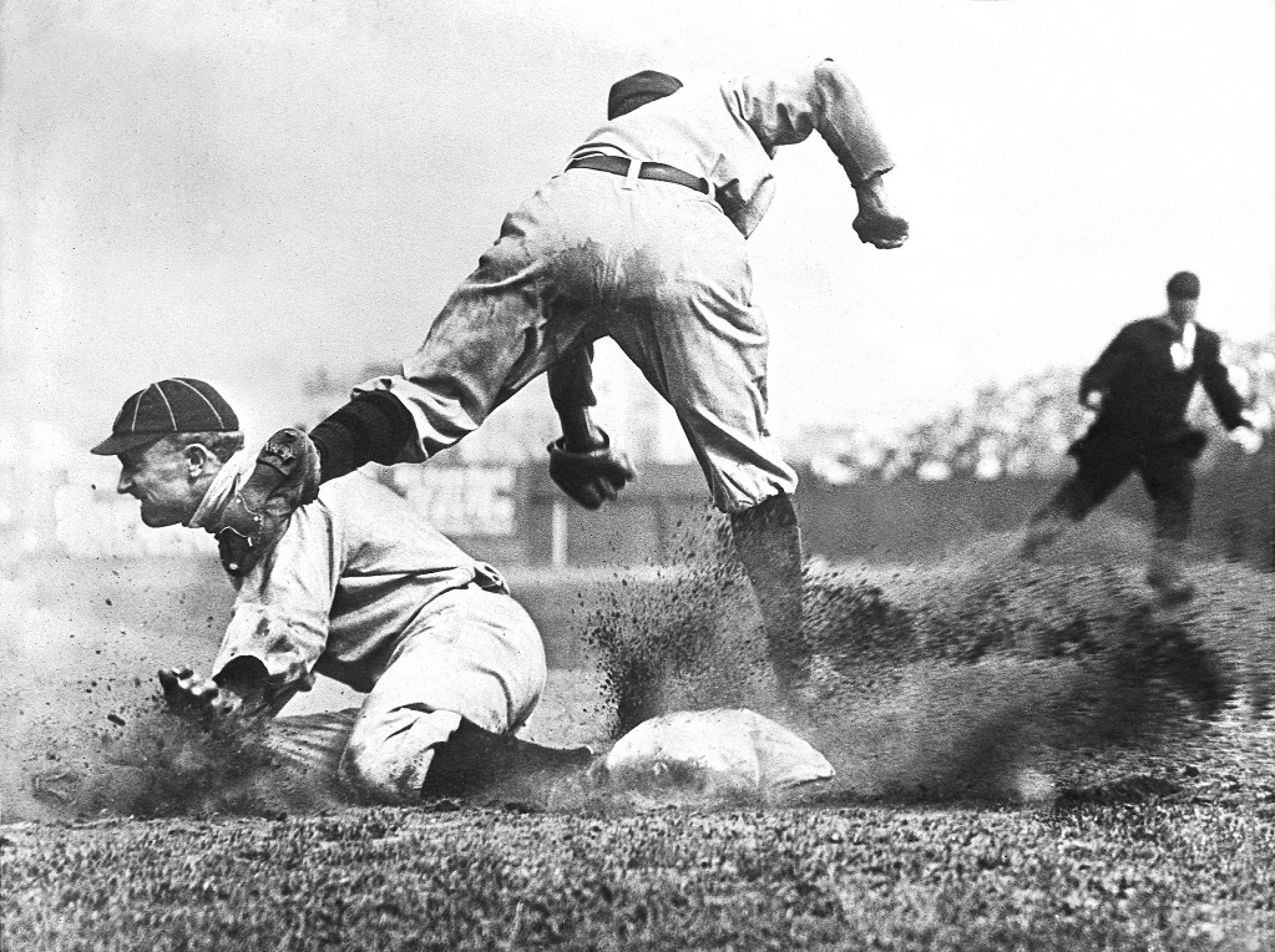

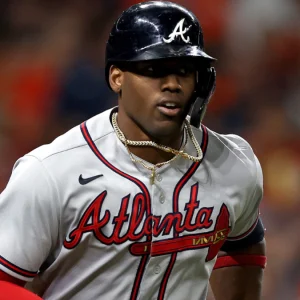
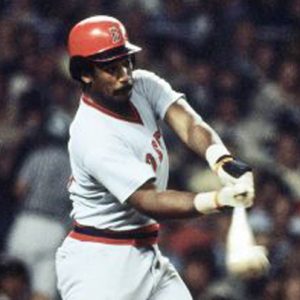
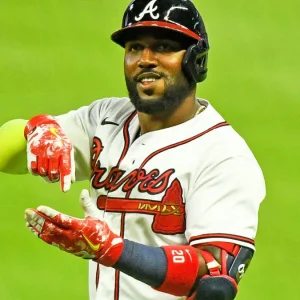
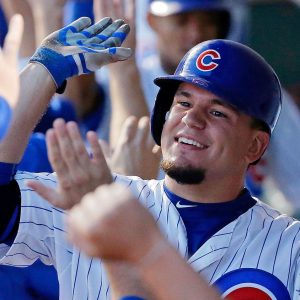
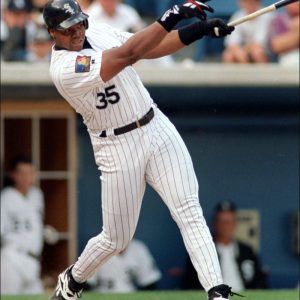
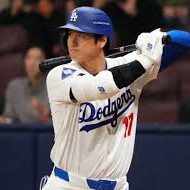
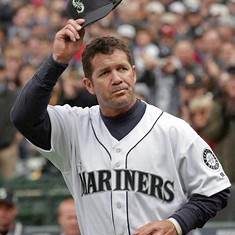
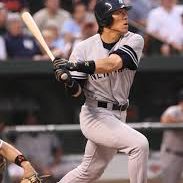
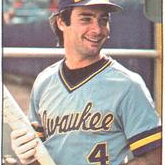
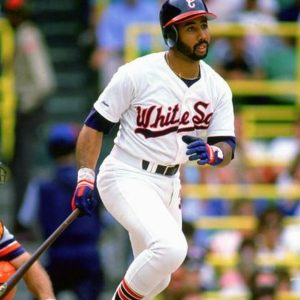
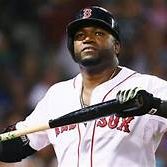
Gary,
I remember that first DH very well. A chilly early April game. Ace Tiant facing Yankee stalwart Mel Stottlemyre.
Sox got off to a rough start with Tiant giving up three runs in the first inning. But the bats were hot on a cold day. The Sox won it 15-5.
Blomberg went 1-3 with a RBI.
The Sox signed HOF Orlando Cepeda over the winter. He had an auspicious start going 0 for 6.
His only season did pay dividends as Cepeda hit .289 with 20 HR’s and 86 RBI in 142 games. To one of your points, Cepeda’s knees were shot (One writer nicknamed him “Wounded Knee” after the Oglala Sioux occupation happened earlier that year in the town in South Dakota of the same name) and would have only been able to play sparingly if at all if he stayed in the NL.
Blomberg was no slouch, either. He was used somewhat in a platoon manner. He lacked the power of a Cepeda, but in 100 games he hit 12 HR’s and 57 RBI that came with a sterling .329 BA.
From a local perspective, Blomberg played a season in Double A affiliate of the Yankees, the Manchester, NH Yankees in 1970.
Thanks Paul…great insights as usual!
I remember Ron Blomberg first at bat as a DH. He was quite a hitter.
Great essay.
Thanks Steve!
I think of myself as a baseball purist and never liked the DH. Don’t care for baseball increasing size of bases, cheapens the stolen base. If baseball ever goes to this idea of moving hitters around in key situations in the game, I’m done
Agree with all that!
I was once a season ticket holder, and I would receive from time to time requests regarding rule changes, among which were the DH, giving a batter a walk, just by a wave of the hand, wild card berth, once after this ruling a team a team with 20 or more games behind could get hot and win the WS because the got hot at the right time. Now the poopose the Golden batter and have their best hitter potentially get a second chance to hit out of turn. During Covid they came up with the Ghost runner in extre innings.
Baseball rules have become a joke.
I do enjoy your website.
Thanks George for the kind words. Glad to have you with us. I agree with everything you said. If they bring in that Golden batter thing, that may be the last straw for me.
You just wait – soon, there’ll be a batting tee, and everyone gets a participation trophy every game of every season. Frankly, I started losing interest in baseball when division play started in 1969. The DH rule and later, interleague play didn’t help. I used to be a rabid Tigers fan. Now, I couldn’t care less. I stopped following the game in the ’90s. The days of a manager leaving a pitcher in the lineup because he’s got a great game going on the mound – in a World Series, no less – pretty much ended in 1968; both Mickey Lolich and Bob Gibson hit homers to help win their respective games.
Interesting article and it brings back many memories. The reduction of the mound height was my first objection; size of bases is probably the most asinine of all. In fact runners who put on the glove to “protect” their hands have an advantage, albeit a small one, they don’t deserve. Learn how to slide! Anyone remember the hook or fadeaway slide??? The WORST idea is the proposed Golden batter!! If MLB keeps giving all the advantage to hitters, then raise the mound and use a non lively ball. Anyone who believes there is no truth to the current lively ball being used is nuts.. Hits that bounce off the turf or grass 20 feet in the air dispels that idea. Last of all is the strike zone. Many years ago when I umpired my strike zone followed the rule book–top of letters to top of knees. Now the umps never call a strike over the belt. Very enjoyable article Gary,. keep up the good work
Thanks for checking in Hank! You make a lot of good points…and I agree with them all!